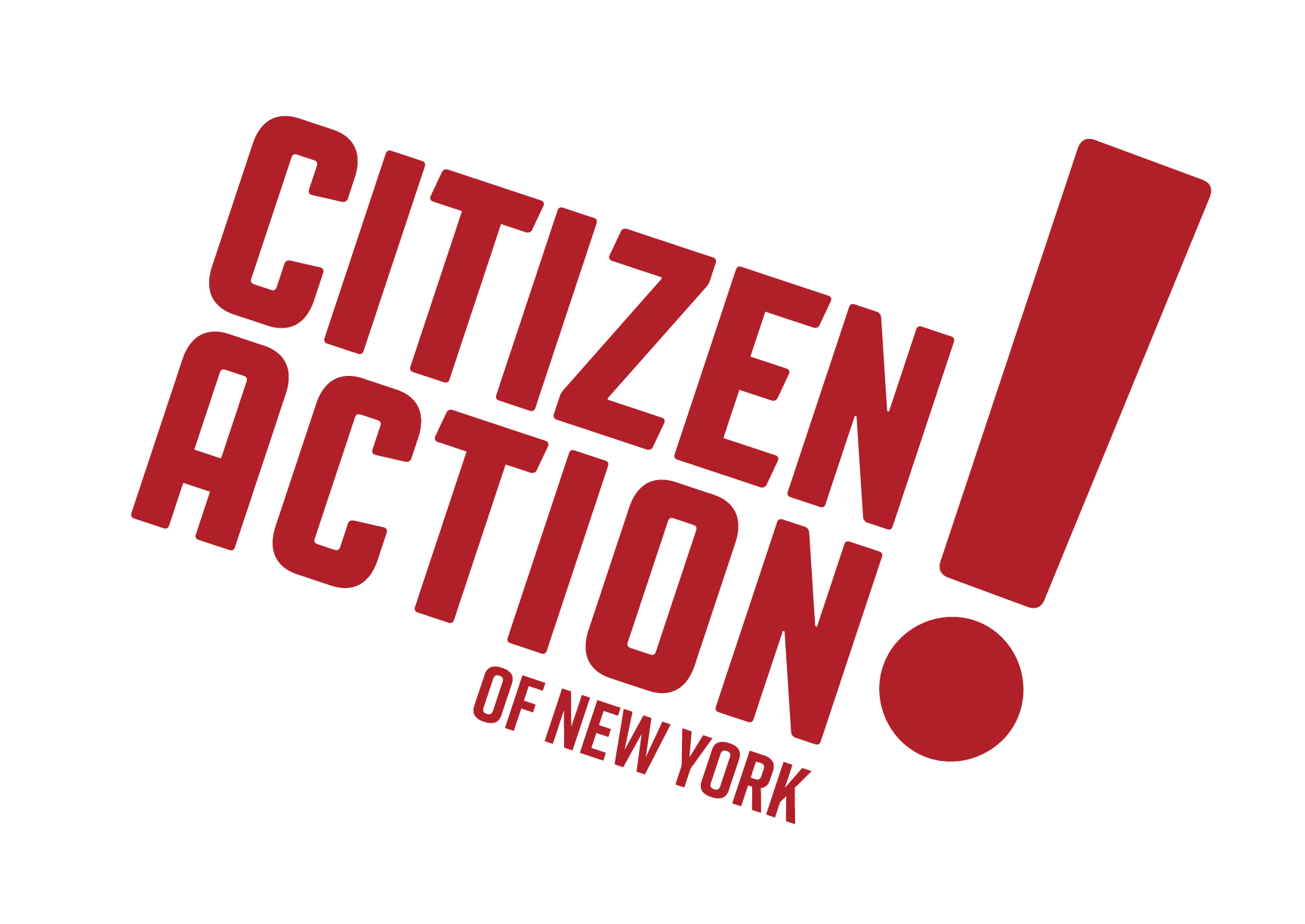
This was 18 September 2010, the day the day before the Swedish general election. There was political discussions everywhere where the candidates showed up.
In Sweden and Iceland, for instance, there is public funding of elections through state contributions to the political parties. In truth, political parties are run on government funding. This is done in an effort to curtail the ability of those with economic power to exercise control over the system, making parties financially independent from business interests. It is also done in order to make it possible for new parties to win ground in a competitive electoral field and to ensure that political aspirations are not only for those with the ability to fund a lengthy campaign. This financial support is coupled with tight restrictions on contributions from individual and companies in order to minimize their influence.
Lets take an example:
In Sweden, government funding for political parties is two-fold. On one hand there is “Party Support” where each political party receives 1 unit of support, which is 333,300 Sek or about $50,000 per seat in parliament. The number of seats is calculated with a staggering ratio between the influence of the party’s popular support in the 2 most recent elections. In addition, parties that did not win seats in the 2 previous elections receive 1 unit of funding per full tenth of a percent over 2.5% of popular support that they received up to a set maximum.
In addition to “Party Support,” political parties in Sweden also receive “Secretariat Support,” which is essentially funding for the bureaucratic day to day work done by a political party. Secretariat Support provides each party that had the support of at least 4% popular support in the last election 1 unit of basic support for each year covered by the election with parties that garnered less popular support receiving proportionally less support. 1 unit in this case is 5.8 million Swedish Krona, or 886 thousand dollars.
The reverse side of government funding of elections are restrictions on contributions from individual and companies. While day to day operations of political parties are in most part covered by the funding they receive from the government, election campaigns with the necessary advertisements and organizational work are very expensive fares. As such, a way for parties to procure additional funding is necessary. When outside funds are introduced, the disproportionate influence of those with a great deal of money over those with less becomes a problem. To meet this problem our northern neighbors have done much the same as New York State has done, though to a greater degree.
Lets take another example:
Political parties in Iceland are not allowed to receive contributions exceeding 400,000 ISK a year, or $3400, from individual contributors. The key point in their law is that companies who share majority share holders, including spouses and immediate family of said share holders, count as individual contributors. This attempts to ensure that the same person or family does not donate many times the maximum amount through a string of “drawer corporations.”
The overall cost of an individual’s or party’s campaign for parliament may not exceed 1 million ISK plus a set amount per individual of voting age in the candidate’s district, which for a State Senate district in New York would come to about $200,000.
Though of course both Iceland and Sweden operate under a different governing system from New York State, their success in facilitating new political movements to take part in government and their success in diminishing big money influence over law makers are both things New York would do well to strive for as we examine changing our own campaign finance laws.
